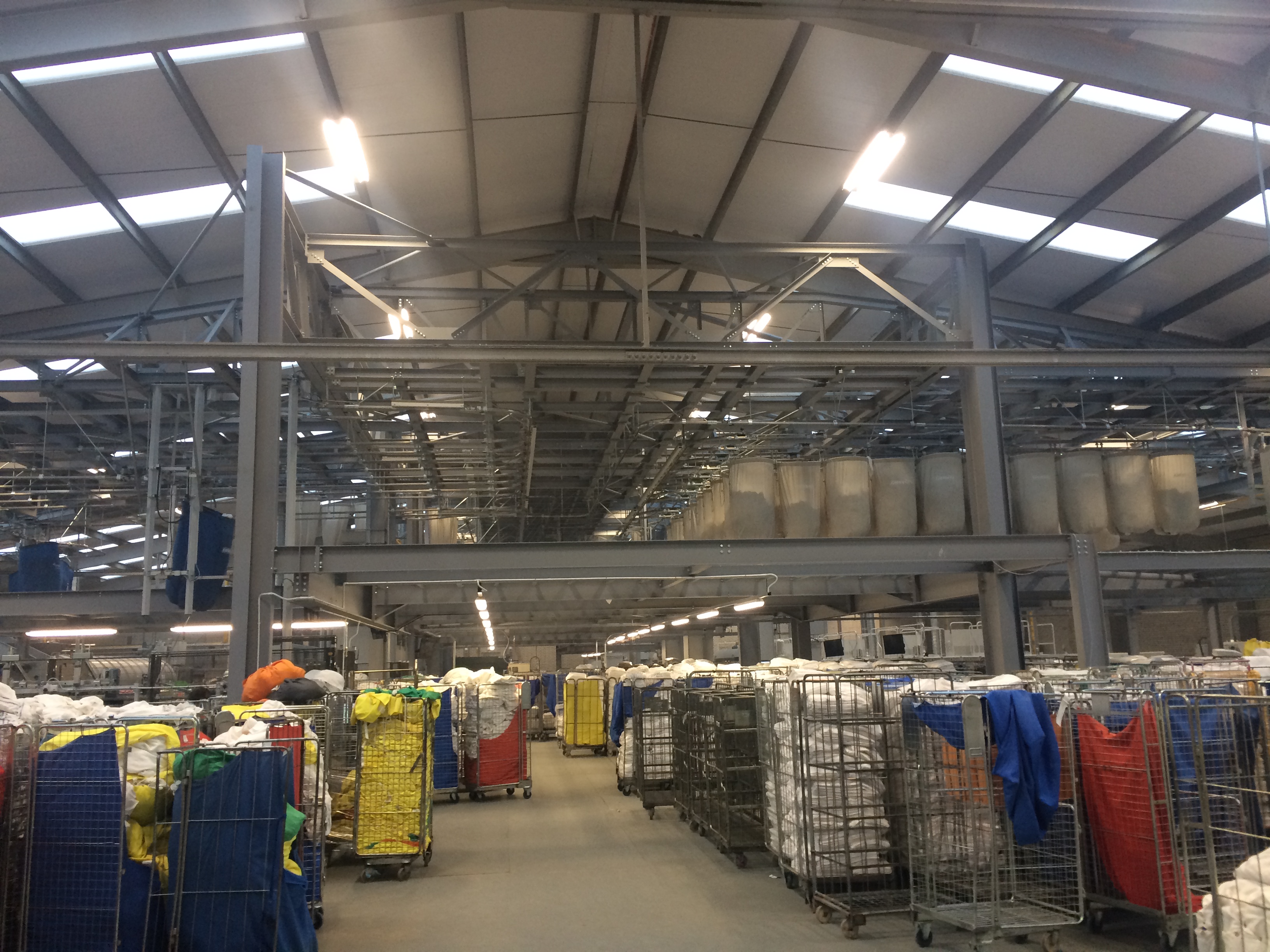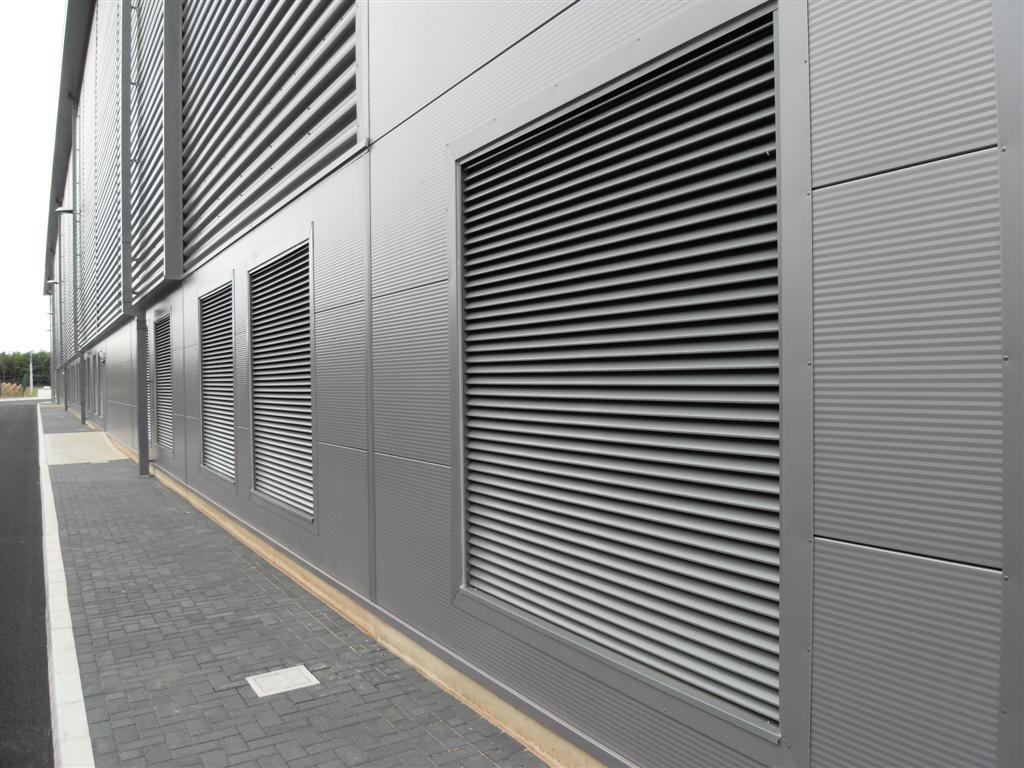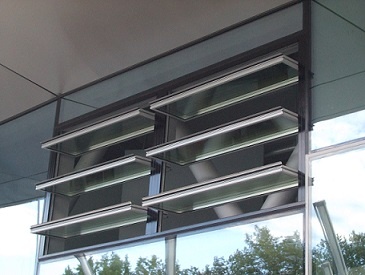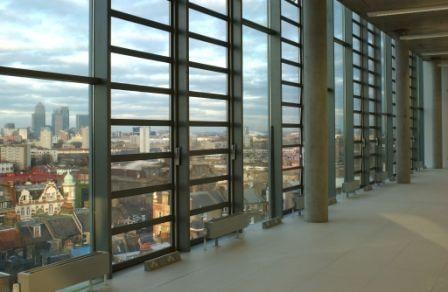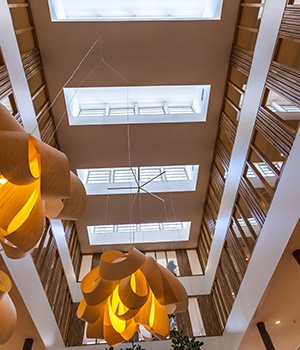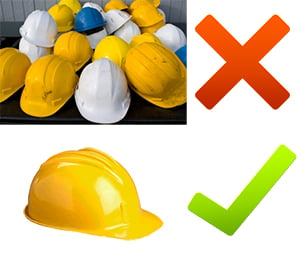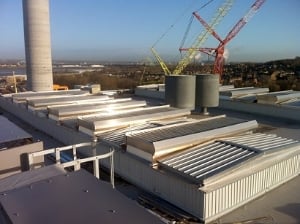The key to delivering great ventilation services is to not only focus on the functionality and efficiency of the system but to also consider the challenges unique to each company.
Through working with Cross Manufacturing, we illustrated how we can tailor solutions to resolve ventilation issues whilst taking the wider community into consideration.
In this post, we share how we delivered a ventilation service to Cross Manufacturing’s factory that efficiently resolved their excess heat build-up problem, whilst honouring their duty of care to the local residents.
Read More
Topics:
Factory Survey,
Natural ventilation,
Climate Control,
Noise reduction
Techniques of natural ventilation that work well in conventional power plants are becoming even more important with the growth in waste-to-energy plants. All power station operators are keen to minimise the ‘parasitic loads’ - the proportion of the energy that they generate that is used to keep the plant running and the relatively small numbers of staff that work there comfortable.
Read More
Topics:
Natural ventilation,
Climate Control
If you live in East Anglia and eat in a restaurant with linen tablecloths, or if you stay in a hotel in the area, you may well be using cloths, bed linen or towels that have been laundered by Camplings Linen. Formed by a merger of two companies, it now operates under the brand Camplings in Great Yarmouth and as Swiss Laundry in Cambridge. Both locations had the same potential problem – laundry is a hot and steamy business and, while this is good for the linen, it is less good for the people who work with it.
Read More
Topics:
Natural ventilation,
Climate Control
If you saw the film Rocketman, about Elton John, or watched the television adaptation of His Dark Materials, you will have seen furniture and props from specialist hire company Granger Hertzog. The company operates from a combined office, warehouse and showroom in Park Royal, London, all accommodated within a light industrial shed that is one of a number on an estate.
Read More
Topics:
Natural ventilation,
Climate Control
Consider the sources of inlet air to ensure that the ventilation scheme in your factory will work effectively
Whether your factory is relatively airtight or not, you have to consider the fact that nature doesn’t like a vacuum. If you try to extract air from an enclosed space and no air comes in to replace what you are trying to extract, nothing will move. So it’s not enough to install a ventilation system; you also need a path for air inlet. This blog post demonstrates that this needs careful design.
Read More
Topics:
Productivity,
Factory Survey,
Natural ventilation,
CFD
The quick answer is: in most cases. Power plants generate large amounts of internal heat and tend to be in tall buildings, which present ideal conditions for natural ventilation to work at its most efficient.
Read More
Topics:
Natural ventilation,
CFD,
Energy saving,
Climate Control,
Industrial ventilation,
Power Plants
When specifying weather louvres, it is important to consider an often neglected part of the louvre specification: the ancillaries. I have previously written about the key considerations when specifying louvres, which guides you through some important areas when specifying louvre. However, once these requirements have been met, you must also consider the following:
Read More
Topics:
Natural ventilation,
Louvre
You may think that fitting an actuator on a window instead of using a smoke ventilator will make a cost effective solution for smoke and natural ventilation, but unfortunately it is not that simple.
Here are some of the ways in which a window/actuator combination can be a poor substitute for a smoke ventilator:
Read More
Topics:
Natural ventilation,
Smoke ventilation
Following our recent article on the “Top three considerations when specifying glass louvred ventilators” we have been inundated with questions about modulating controls. Clearly this is a topic that resonates with many in the industry, and in this article we aim to provide some guidance on how to modulate louvred window ventilators.
Read More
Topics:
Natural ventilation,
Smoke ventilation,
Controls,
Louvre
Glass louvred ventilators, or louvred window ventilators as they are commonly known, are becoming increasingly popular for use in natural and smoke ventilation systems. There are several suppliers on the market, offering products that vary widely in terms of performance and controls. How can you make sure you will get exactly what you need when specifying or purchasing one of these ventilators?
There are three critical considerations you should make when preparing to specify a glass louvred ventilator:
Read More
Topics:
Natural ventilation,
Regulations,
Smoke ventilation,
Louvre
Ventilation is needed in atria for heat dissipation, to manage carbon dioxide and body odour levels, as well as for smoke clearance or smoke control. What better way to provide this than with a dual purpose day to day and smoke ventilation scheme?
Read More
Topics:
Natural ventilation,
Smoke ventilation,
Aerodynamic Performance
Compared to mechanical ventilators, natural ventilators consume no energy in use and their carbon footprint is negligible. But how much energy is lost through a natural ventilator through conduction and air leakage? If you are specifying an energy efficient ventilator, what do you focus on – ventilator U value or air leakage?
The simple answer is that both are important and need to be considered together.
Read More
Topics:
Natural ventilation,
U Value,
Air Leakage
Over the past couple of years it has become increasingly common for smoke and natural ventilation systems to be separated into different sub-contractor packages. For example, extract ventilators supplied by the roofing contractor, inlet vents by the glazing/cladding contractor, and wiring/controls by the M&E contractor.
In theory this makes sense because it may seem easier to procure the system in local packages. In practice it often doesn’t work.
Read More
Topics:
Natural ventilation,
Smoke ventilation,
Controls,
Wiring
I recently wrote about my view that natural ventilation should always be the first choice for power generation facilities. This leads me to another common discussion point: the choice between wall louvres and roof ventilators for high level extract.
Common concerns for design teams and contractors over roof ventilators include maintenance, planning constraints and rain ingress. However, a high quality roof ventilator will be maintenance free, low profile and 100% watertight.
Why are roof ventilators better than wall louvres for high level extract?
Read More
Topics:
Natural ventilation,
Louvre,
Power Plants
In my opinion, a natural ventilation system should always be the first choice for power plants, energy from waste, biomass, hydro stations, transformer stations and other similar buildings for 2 reasons:
1) The Environment
The number and frequency of extreme weather events has been on the increase throughout the world. The climate is changing, of that there is no doubt, and the most popular theory is that this is due to the rise in CO2 emissions.
Read More
Topics:
Natural ventilation,
Energy saving,
Climate Control,
Power Plants



